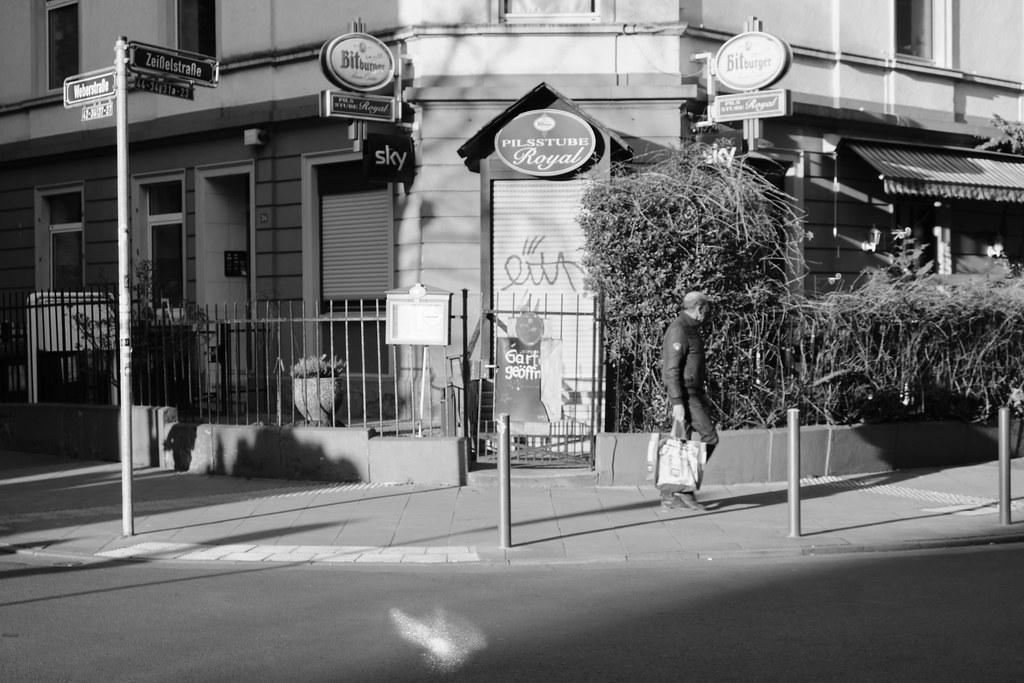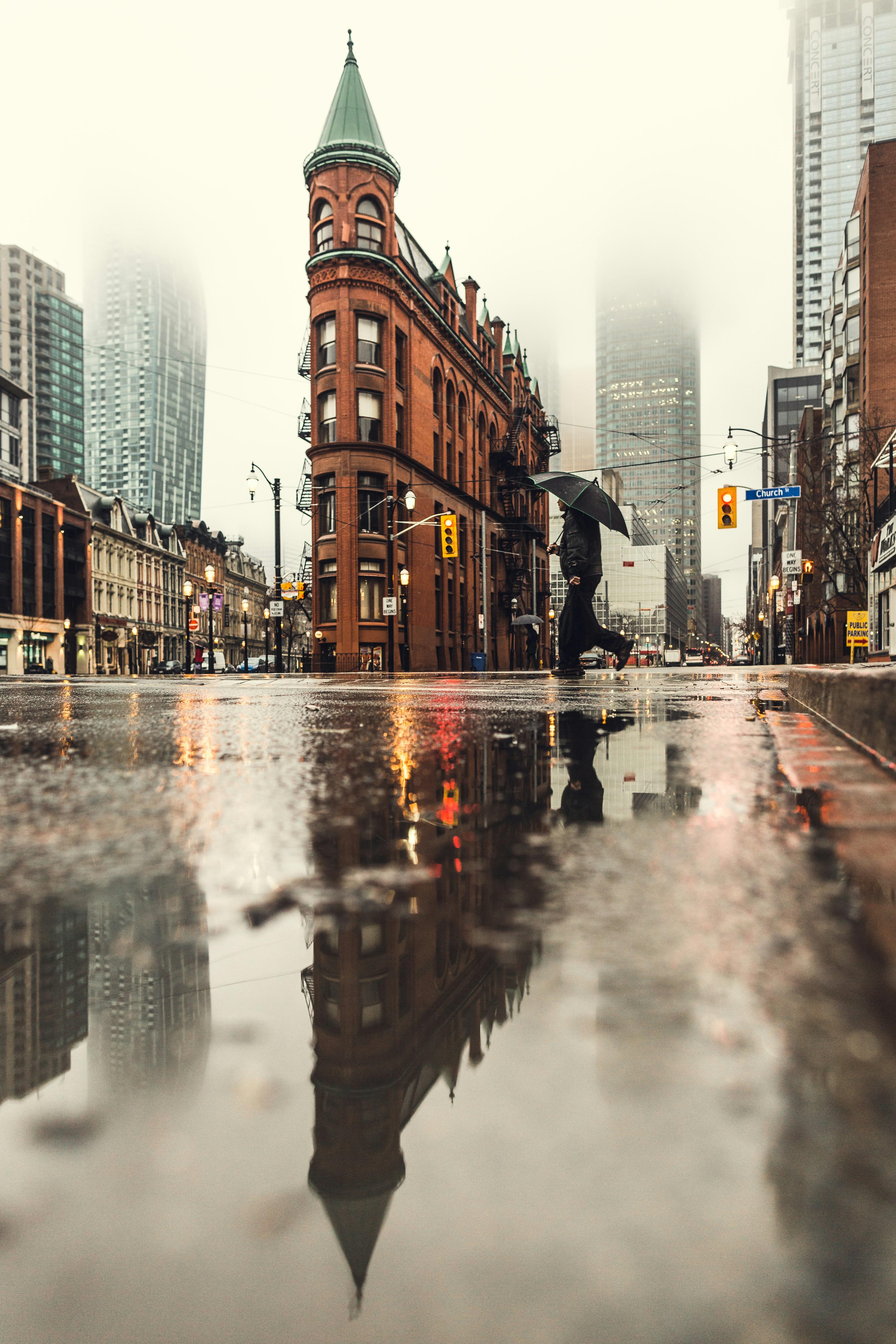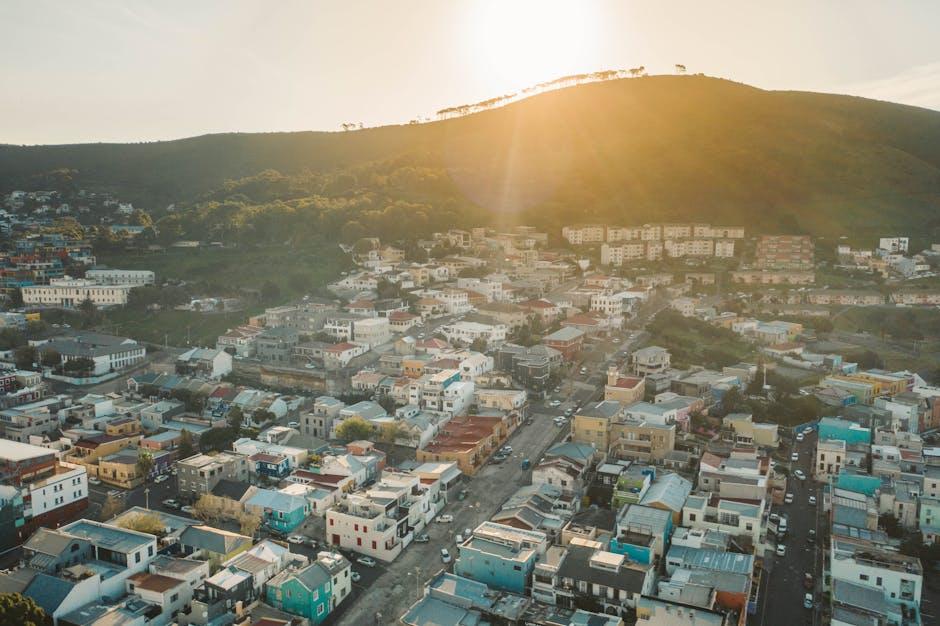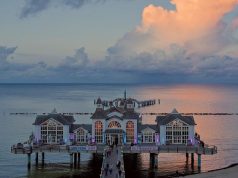In the bustling heart of cities around the world, where the past meets the future in a dance of architectural splendor and cultural diversity, a subtle transformation is taking place. The cobblestone streets and historic facades, once the backdrop for local life, are now drawing the curious eyes of travelers from every corner of the globe. Tourism, with its promise of economic revitalization and cultural exchange, has become a double-edged sword, wielding the power to reshape urban neighborhoods. As new cafes and boutiques emerge alongside longstanding family-run shops, and luxury apartments replace quaint townhouses, the question arises: what role does tourism play in the gentrification of these vibrant urban landscapes? This article delves into the complex interplay between tourism and gentrification, exploring how the influx of visitors can breathe new life into neighborhoods while simultaneously altering their very essence.
Tourisms Double-Edged Sword in Urban Transformation
Tourism, a potent catalyst for economic growth, often transforms urban landscapes, ushering in both revitalization and displacement. This dual impact, while invigorating for local economies, can precipitate profound changes in the character and demographic makeup of neighborhoods. As tourists flock to urban areas seeking authentic cultural experiences, the demand for local amenities increases, leading to the enhancement of infrastructure and the proliferation of businesses. This influx can invigorate an area, fostering job creation and cultural exchange.
- Economic Growth: Increased tourist spending bolsters local businesses and can lead to higher property values.
- Infrastructure Development: Enhancements to transportation and public spaces often accompany tourism growth.
- Cultural Exchange: A mix of cultures can enrich the social fabric of neighborhoods.
However, the surge in popularity often triggers a rise in property prices and rents, making it difficult for long-time residents to remain in their homes. The allure of profit prompts property developers to cater to tourist demands, sometimes at the expense of local culture and community cohesion. This dynamic fosters a paradox where the very essence that attracts tourists risks being diluted. Striking a balance between embracing tourism and preserving the integrity of urban neighborhoods remains a complex challenge.

Balancing Cultural Preservation with Economic Growth
Urban neighborhoods often find themselves at a crossroads, where the vibrant hues of cultural heritage are both enriched and endangered by the influx of tourism-driven economic activities. On one hand, tourism can act as a catalyst for economic revitalization, providing opportunities for local businesses and increasing property values. However, this same influx can lead to gentrification, where the essence of local culture is diluted in favor of commercial interests. This delicate balance requires strategic planning and community involvement to ensure that the economic benefits do not overshadow the cultural identity that makes these neighborhoods unique.
- Community Involvement: Engaging local residents in the planning process helps preserve cultural authenticity while accommodating growth.
- Support for Local Businesses: Encouraging tourists to shop at local markets and dine at neighborhood eateries can sustain traditional crafts and culinary arts.
- Cultural Events: Hosting events that celebrate local traditions can attract tourists while reaffirming the community’s cultural roots.
- Regulatory Measures: Implementing zoning laws and heritage protection policies can prevent unchecked commercial development.
By fostering a symbiotic relationship between economic growth and cultural preservation, urban neighborhoods can thrive as dynamic, diverse spaces that honor their past while embracing the future.
Community Engagement as a Pathway to Sustainable Tourism
Urban neighborhoods are dynamic entities, constantly evolving through the influences of various socio-economic factors. Tourism, often seen as a double-edged sword, can act as a catalyst for the transformation of these communities. While it brings in economic benefits, increased tourism can also lead to the displacement of long-term residents and the rise of property values, a phenomenon commonly referred to as gentrification. To foster a sustainable tourism model, engaging the community becomes imperative. By involving local voices in decision-making processes, we can ensure that tourism development respects the existing cultural fabric and empowers residents.
- Local Participation: Encourage community forums where residents can express their views and participate in shaping tourism policies.
- Cultural Preservation: Develop initiatives that highlight and preserve the unique cultural heritage of neighborhoods.
- Economic Inclusivity: Create opportunities for local businesses and entrepreneurs to thrive within the tourism industry.
By prioritizing these strategies, cities can strike a balance between welcoming tourists and maintaining the integrity of their neighborhoods. The goal is to cultivate an environment where tourism enriches the community without overshadowing its roots.

Strategic Policy Recommendations for Equitable Development
To harness tourism as a force for positive change in urban neighborhoods, it is crucial to implement strategic policies that prioritize equitable development. Policymakers should consider the following recommendations to mitigate the adverse effects of gentrification:
- Inclusive Planning: Engage local communities in the planning process to ensure their needs and voices are at the forefront of tourism development.
- Affordable Housing Initiatives: Develop policies that protect existing residents by promoting affordable housing options and preventing displacement.
- Community Benefit Agreements: Establish agreements between developers and community groups to ensure that tourism projects contribute positively to the local economy and infrastructure.
- Cultural Preservation: Support initiatives that preserve and promote the cultural heritage of neighborhoods, fostering a sense of identity and belonging.
By adopting these strategies, cities can transform tourism into a tool for sustainable growth, ensuring that the economic benefits reach all members of the community and help build vibrant, inclusive urban environments.
In Retrospect
As the sun sets on the intricate tapestry of urban neighborhoods, the interplay between tourism and gentrification continues to weave a complex narrative. The vibrant allure of once-overlooked districts beckons travelers and new residents alike, each footstep echoing with the promise of transformation. Yet, as we journey through these evolving landscapes, it is crucial to pause and reflect on the paths we carve. The role of tourism in gentrification is neither villain nor savior, but rather a catalyst that ignites both opportunity and challenge. It calls upon us to engage in thoughtful dialogue and deliberate action, ensuring that the cities of tomorrow honor their rich histories while embracing inclusive growth. As we close this chapter, let us remain vigilant stewards of change, crafting urban environments where the old and new harmoniously coexist, and where the heartbeat of the city is felt by all.

































